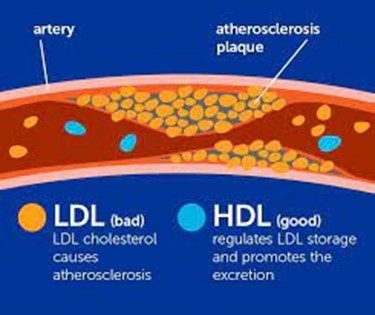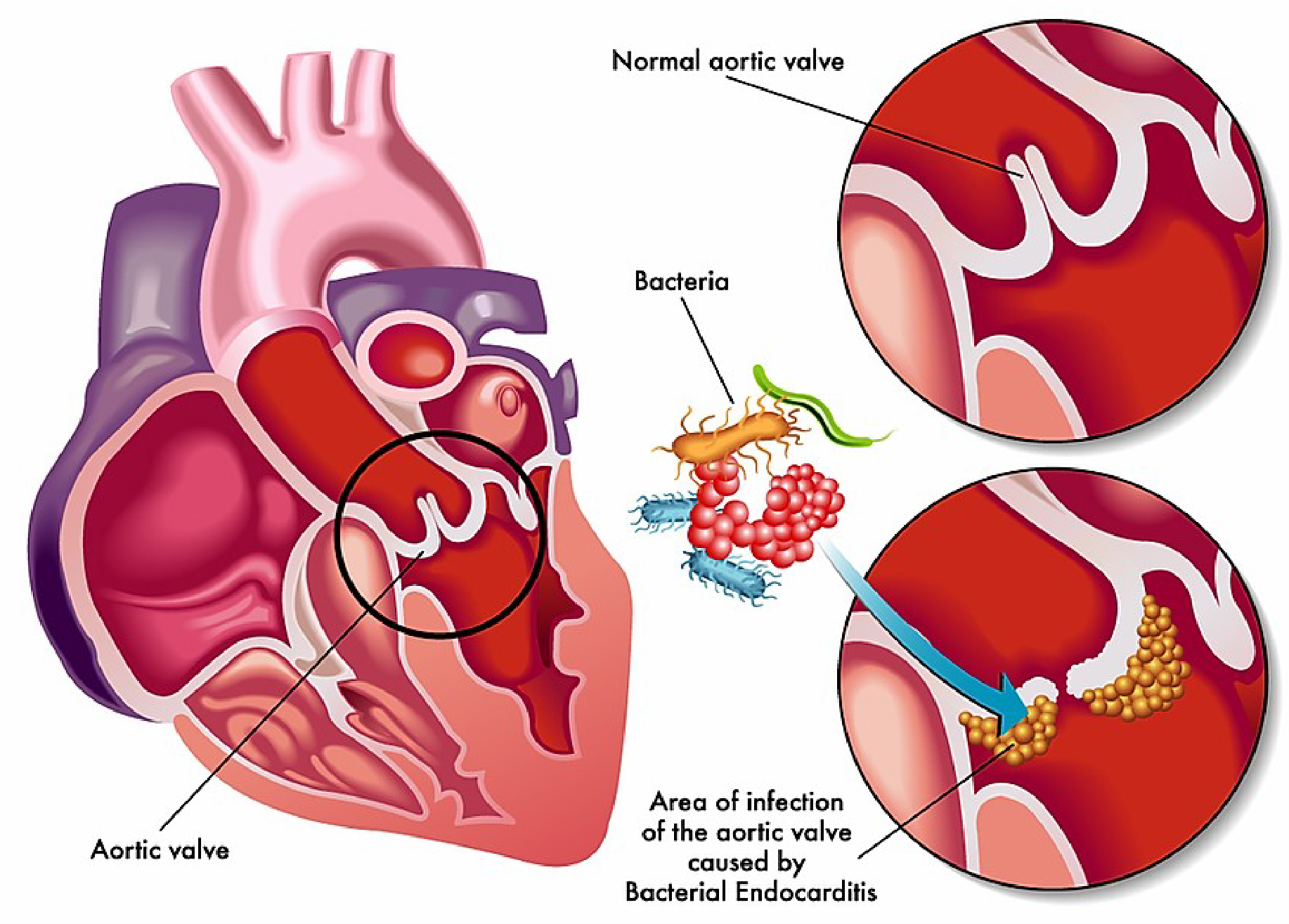Modifiable risk factors for CAD
High HDL
Orthostatic hypotension
Obesity
None of the above
The Correct Answer is C
Modifiable risk factors for coronary artery disease (CAD) are those that can be changed or controlled to reduce the risk of developing CAD. These include high blood pressure, high cholesterol levels, smoking, physical inactivity, unhealthy diet, and obesity. High HDL (high-density lipoprotein) is actually a desirable factor, as it is known as the "good cholesterol" and helps to remove excess cholesterol from the body. Orthostatic hypotension, or a drop in blood pressure upon standing, is not considered a modifiable risk factor for CAD.
Nursing Test Bank
Naxlex Comprehensive Predictor Exams
Related Questions
Correct Answer is C
Explanation
Atherosclerosis is a disease in which fatty deposits (plaques) build up in the walls of arteries, leading to narrowing and reduced blood flow. Elevated levels of certain lipids, including low density lipoprotein (LDL) cholesterol and triglycerides, are well-established risk factors for the development of atherosclerosis.
In contrast, high density lipoprotein (HDL) cholesterol has been shown to have a protective effect against atherosclerosis. HDL is often referred to as "good cholesterol" because it helps to transport excess cholesterol from peripheral tissues (including the walls of arteries) back to the liver for processing and excretion. HDL also has anti-inflammatory and antioxidant properties that may help to reduce the risk of atherosclerosis.
In general, higher levels of HDL cholesterol are associated with a lower risk of cardiovascular disease and atherosclerosis. However, the protective effect of HDL may vary depending on other factors such as smoking, obesity, and diabetes. It is important to maintain a healthy balance of lipids in the bloodstream, including a high level of HDL and low levels of LDL and triglycerides, in order to reduce the risk of atherosclerosis and other cardiovascular diseases.
Correct Answer is C
Explanation
 Infective endocarditis is an infection of the endocardium (the inner lining of the heart), which can lead to damage of the heart valves. It is most commonly caused by bacteria, although fungi and other microorganisms can also cause the condition. The bacteria that most commonly cause infective endocarditis are Streptococcus and Staphylococcus species.
Infective endocarditis is an infection of the endocardium (the inner lining of the heart), which can lead to damage of the heart valves. It is most commonly caused by bacteria, although fungi and other microorganisms can also cause the condition. The bacteria that most commonly cause infective endocarditis are Streptococcus and Staphylococcus species.
Whether you are a student looking to ace your exams or a practicing nurse seeking to enhance your expertise , our nursing education contents will empower you with the confidence and competence to make a difference in the lives of patients and become a respected leader in the healthcare field.
Visit Naxlex, invest in your future and unlock endless possibilities with our unparalleled nursing education contents today
Report Wrong Answer on the Current Question
Do you disagree with the answer? If yes, what is your expected answer? Explain.
Kindly be descriptive with the issue you are facing.
